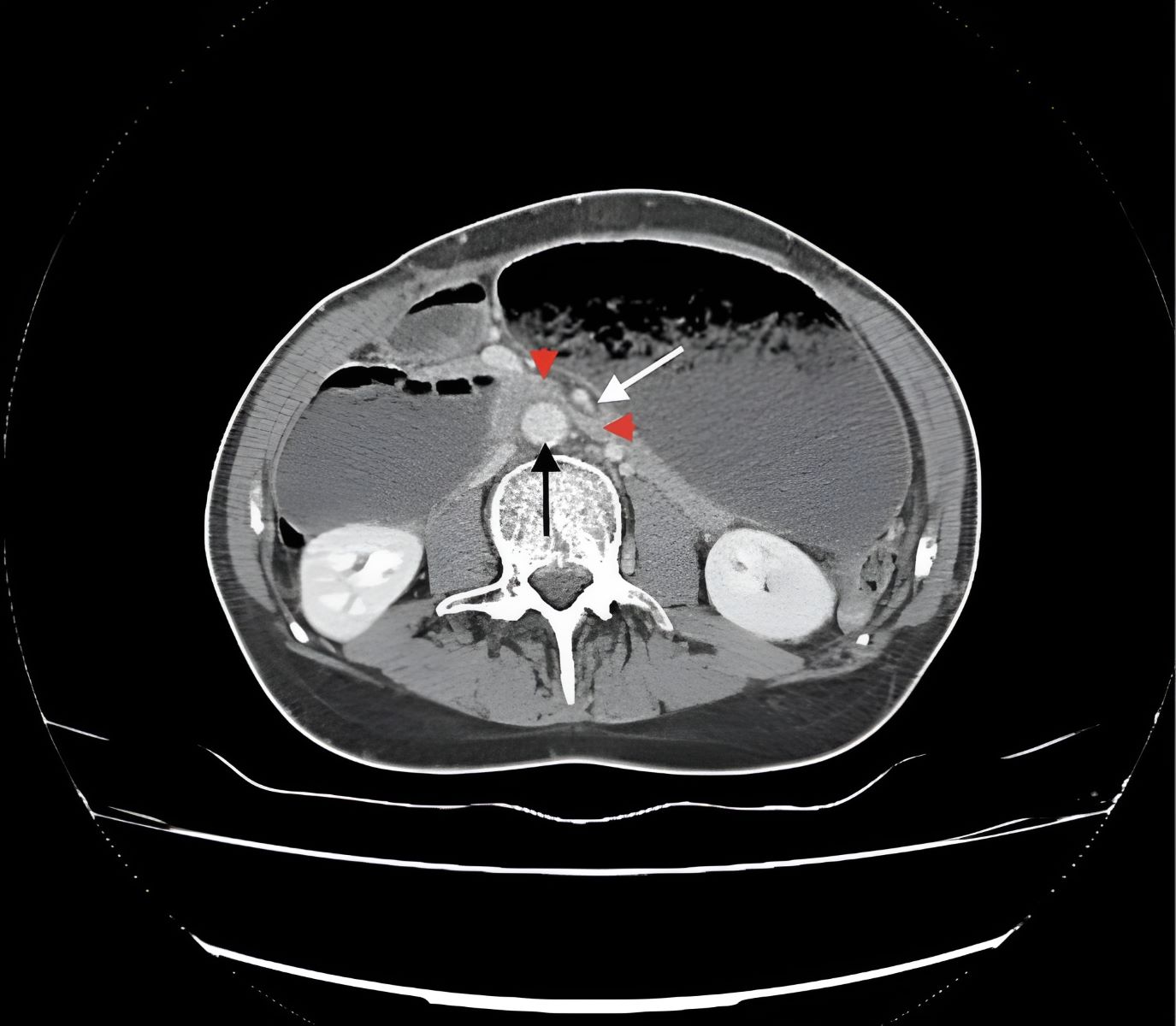
Superior Mesenteric Artery Syndrome (SMAS) is a rare but serious condition where the small intestine gets compressed between the abdominal aorta and the superior mesenteric artery. This compression can lead to severe digestive issues, including nausea, vomiting, and weight loss. SMAS often affects young adults and can be triggered by rapid weight loss, surgical procedures, or congenital abnormalities. Diagnosing SMAS can be tricky due to its similarity to other gastrointestinal disorders. Treatment options range from nutritional support to surgical intervention, depending on the severity. Understanding SMAS is crucial for early detection and effective management, ensuring better outcomes for those affected.
Key Takeaways:
- Superior Mesenteric Artery Syndrome (SMAS) is a rare condition that can cause severe digestive issues. It's important to recognize the symptoms early and seek timely medical intervention for better prognosis and recovery.
- Living with SMAS can be challenging, but with the right management strategies, patients can lead a relatively normal life. Dietary modifications, regular medical check-ups, and psychological support are essential for managing symptoms and improving overall health.
What is Superior Mesenteric Artery Syndrome?
Superior Mesenteric Artery Syndrome (SMAS) is a rare but serious condition. It occurs when the duodenum, part of the small intestine, gets compressed between two arteries. This compression can lead to severe digestive issues.
- SMAS is also known as Wilkie's Syndrome.
- The condition was first described by Carl von Rokitansky in 1861.
- It affects about 0.013% to 0.3% of the population.
- Women are more likely to develop SMAS than men.
- It often occurs in people aged 10 to 30 years.
Symptoms of Superior Mesenteric Artery Syndrome
Recognizing the symptoms of SMAS early can help in seeking timely medical intervention. The symptoms can range from mild to severe.
- Severe abdominal pain is a common symptom.
- Nausea and vomiting often accompany the pain.
- Patients may experience significant weight loss.
- Bloating and a feeling of fullness after eating small amounts are frequent complaints.
- Some people may suffer from acid reflux.
Causes and Risk Factors
Understanding the causes and risk factors can help in identifying those at higher risk of developing SMAS. Various factors contribute to the onset of this condition.
- Rapid weight loss is a major risk factor.
- Prolonged bed rest can increase the risk.
- Conditions like scoliosis or spinal surgery may contribute.
- An abnormally high insertion of the duodenum can be a cause.
- Genetic predisposition may play a role.
Diagnosis of Superior Mesenteric Artery Syndrome
Diagnosing SMAS can be challenging due to its rarity and the similarity of its symptoms to other conditions. Various diagnostic tools are used to confirm the presence of SMAS.
- A barium swallow test can help in diagnosis.
- CT scans are often used to visualize the compression.
- MRI scans provide detailed images of the affected area.
- Upper gastrointestinal (GI) endoscopy can be useful.
- Doppler ultrasound may help assess blood flow in the arteries.
Treatment Options
Treatment for SMAS varies depending on the severity of the condition. Both non-surgical and surgical options are available.
- Nutritional support is often the first line of treatment.
- Small, frequent meals can help alleviate symptoms.
- Nasogastric tube feeding may be necessary in severe cases.
- Medications to relieve nausea and pain are commonly prescribed.
- Surgery is considered when conservative treatments fail.
Surgical Interventions
When non-surgical treatments do not provide relief, surgical options are considered. Various surgical techniques can help alleviate the compression.
- Duodenojejunostomy is the most common surgical procedure.
- Gastrojejunostomy is another surgical option.
- Laparoscopic surgery is less invasive and has a quicker recovery time.
- Strong's procedure involves repositioning the duodenum.
- Vascular surgery may be required in rare cases.
Prognosis and Recovery
The prognosis for SMAS varies depending on the treatment approach and the patient's overall health. Recovery can be a lengthy process.
- Early diagnosis improves the prognosis significantly.
- Nutritional rehabilitation is crucial for recovery.
- Most patients recover fully with appropriate treatment.
- Some may experience recurring symptoms.
- Long-term follow-up is often necessary.
Living with Superior Mesenteric Artery Syndrome
Living with SMAS can be challenging, but with the right management strategies, patients can lead a relatively normal life.
- Dietary modifications are essential for managing symptoms.
- Regular medical check-ups are important.
- Physical therapy may help improve overall health.
- Psychological support can be beneficial.
- Joining support groups can provide emotional relief.
Research and Future Directions
Ongoing research aims to improve the understanding and treatment of SMAS. Advances in medical technology and techniques offer hope for better management of this condition.
- Studies are exploring the genetic factors involved in SMAS.
- New imaging techniques are being developed for better diagnosis.
- Research is focused on less invasive surgical options.
- Nutritional therapies are being refined.
- Patient registries are being created to gather more data.
Interesting Facts about Superior Mesenteric Artery Syndrome
Here are some intriguing facts that highlight the uniqueness and complexity of SMAS.
- SMAS is sometimes mistaken for eating disorders due to weight loss.
- The condition can be life-threatening if left untreated.
- It is more common in people with a thin body frame.
- SMAS can occur in both children and adults.
- Awareness about SMAS is increasing, leading to better diagnosis and treatment.
Final Thoughts on Superior Mesenteric Artery Syndrome
Superior Mesenteric Artery Syndrome (SMAS) is a rare but serious condition that affects the digestive system. It occurs when the duodenum, part of the small intestine, gets compressed between the aorta and the superior mesenteric artery. This can lead to severe symptoms like nausea, vomiting, and weight loss. Early diagnosis and treatment are crucial for managing SMAS effectively. Treatment options range from dietary changes and nutritional support to surgical interventions in severe cases. Understanding the symptoms and seeking medical advice promptly can make a significant difference in outcomes. Awareness about this condition can help those affected get the care they need. If you or someone you know shows signs of SMAS, consult a healthcare professional for proper diagnosis and treatment. Stay informed, stay healthy.
Frequently Asked Questions
Was this page helpful?
Our commitment to delivering trustworthy and engaging content is at the heart of what we do. Each fact on our site is contributed by real users like you, bringing a wealth of diverse insights and information. To ensure the highest standards of accuracy and reliability, our dedicated editors meticulously review each submission. This process guarantees that the facts we share are not only fascinating but also credible. Trust in our commitment to quality and authenticity as you explore and learn with us.


